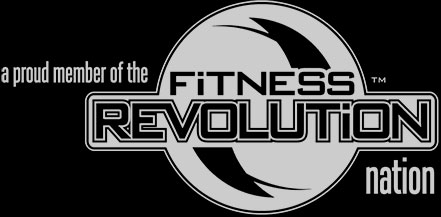It is no longer a secret that fitness, or “being fit”, is beneficial. Fitness centers continue to open (and close) to the point of saturating the market. To the consumer, little separates each of these facilities and it typically comes down to “whomever is the cheapest” gets your money. If all you want to do is to rent out equipment, many of these facilities will work.
A look at recent trends supports a positive trend (as published in the IHRSA Health Club Consumer Report):
- The number of Americans who belong to clubs increased by 24% since 2009. The number of ACTIVE users climbed 23% in that same period.
- Nearly 50% used their gym 100 days each year.
- The number of VISITS jumped 25% since 2009, indicating that visiting their gym is a part of their lifestyle.
- The greatest growth happened in the under 18 category; their membership numbers grew by 78.7%! That is great news for our kids [icon name=”smile-o” class=”” unprefixed_class=””]
- Other age groups indicate a positive trend as well, with the only decrease in the 18-24 year old age group.

What always resides in my brain however, are two somewhat ironic ideas:
- The fitness industry keeps opening more and more facilities ignoring the fact that exercise is not a biologically necessary part of our existence, nor do we particularly like to expend calories with no immediate gain (versus, say, chasing down an animal in which we get to eat it after we kill it).
- Also, if we accept the above as part of the equation – that people don’t inherently like to expend calories (exercise), then it also goes against conventional wisdom that we ask them to pay for said exercise.
While the above is certainly great from a numbers standpoint, what may be more important are other metrics, some of which are harder to define. Here are just a few to consider~
- How many people get the results they are looking for in the first place?
- How many people are okay with not achieving their results, but like going to their respective facility for other intangible reasons (friends, fun, cleanliness, location, etc)?
- Shouldn’t we be measuring more than just the number of facilities, number of members and profits?
- Can facilities sustain their existence if members change their health and fitness but not necessarily their bodies? In other words, if a person’s blood pressure, blood cholesterol and blood sugar levels improve but little change in body composition occurs, is this a sustainable approach?
- At some point, is it fair to accept that our evolutionary tendencies will hinder our desire for a “great bod”? Can/will someone still spend their hard-earned money with the intention of getting/staying healthy and accept the premise of
#progressnotperfection?
I don’t know.
It is always good to see the light bulb go off for individuals who have come to terms with their body and love it no matter what but still bust it every time knowing that activity is good for so many other things besides just looking good naked.
Our approach has always been to meet people somewhere in the middle; not promising too much or too little, and then delivering a great experience. In fact, many conversations we have don’t even talk about exercise and nutrition. If you have improved since last week, last month or last year, isn’t that really what is the most important? Where that improvement comes from is up to you but that is a fitness trend that needs to be at the top!


